Description of varieties of shallots, cultivation and care in the open field
Shallots can be grown in one or two years by planting seeds or sets. Greens and onions contain many useful components, so in addition to a pleasant taste, you can improve your health. Cultivation and care has some features, if followed, you can get a rich and healthy harvest.
Content
- 1 Description of culture
- 2 Shallot varieties
- 3 Shallot: beneficial properties
- 4 Features of agricultural technology
- 5 Preparing the beds
- 6 Preparing the bulbs
- 7 Planting and leaving
- 8 Cleaning and storage
- 9 Growing a shallot on a feather
- 10 Growing shallots for turnips and care features
- 11 Features of obtaining seeds of Ashkelon onion
- 12 Shallots: grown from seed
- 13 Tips from a seasoned gardener
Description of culture
Shallot is a variety onions... People call it differently: shrew, nesting, family, bush. The difference between shallots and onions is in the following characteristics:
- more green feathers of a deep green color with a waxy bloom;
- many small bulbs are formed in one nest;
- each head is elongated;
- the harvest is better and longer stored;
- the soil for planting shallots must be fertile, dense;
- almost all varieties are early ripening, begin to ripen after 70 days;
- the plant can be cut for greens already a month after planting;
- most shallots do not cause tears when sliced;
- the taste of internal scales without bitterness and pungency, with a sweet aftertaste.
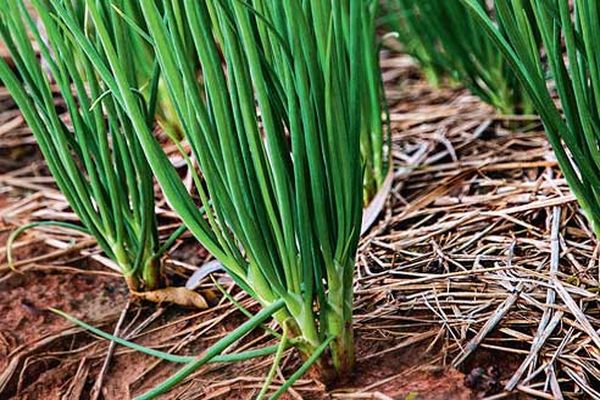
The flesh of shallots has a delicate consistency, without a hint of bitterness. The greens are tender and juicy. The vegetable is most often added to salads. The green mass can grow up to 40 cm in height. From 2 to 18 bulbs are formed in the nest. The larger the bulbs, the smaller their size. The average weight of a turnip is 30 g.
Shallot varieties
All shallot varieties are divided into three large groups, which differ in terms of crop ripening. Popular varieties of different harvest ripening periods:
- early maturing varieties include: Delicacy, Belozerets, Sprint, Family, Bananovy, Cascade;
- mid-season varieties of shallot: Airat, Knyazhich, Chapaevsky, Seryozha, Andreyka, Kubansky, Russian violet;
- late ripening varieties are: Vonsky, Bargalinsky, Krepysh, Siberian Amber.
There is another classification, where shallots are divided into three groups according to taste: sweet, spicy and semi-sweet.
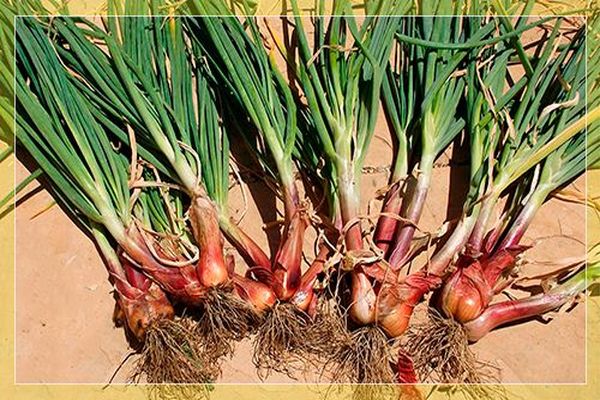
Onion cultivar Sorokozubka belongs to the early maturing group of plants. The bulbs form in an elongated shape up to 10 cm in length and 2.5 cm in diameter. Up to 10 bulbs can form in a large nest. The top layer of dry scales is colored red-violet, the inside is light violet. The heads taste juicy with a sweet-spicy aftertaste. The feather is thin, stretches up to 35 cm, the taste is juicy and tender.
Shallots The White Queen is distinguished by the early ripening of the turnip.In the nest, about 10 bulbs of a rounded-oblong shape, weighing up to 70 g, are formed. Dry scales are white-cream in color, the flesh is snow-white. The taste is sweet-spicy, juicy. The variety multiplies quickly, rarely gets sick, the harvested crop is stored for a long time.
Description of the variety of shallots Belozerets 94: characterized by early maturation of the turnip, 78 days pass from the day of planting. Bulbs of spicy taste, weighing up to 30 g. Round-oval shape. Dry scales of a purple hue. The variety is distinguished by high yield, excellent keeping quality and good disease resistance.

Shallot: beneficial properties
The beneficial properties of shallots are determined by the high content of vitamins (especially vitamin C) and minerals. Regular consumption of this vegetable improves the functioning of internal organs and the whole organism as a whole:
- blood pressure is normalized;
- the walls of blood vessels are strengthened;
- reduced cholesterol levels;
- immunity increases;
- the work of the digestive organs improves;
- the pathogenic flora is destroyed;
- improves vision.
The vegetable contains antioxidants that remove toxins and harmful cholesterol from the body. The inclusion of shallots in the diet has a beneficial effect on the condition of hair and nails.
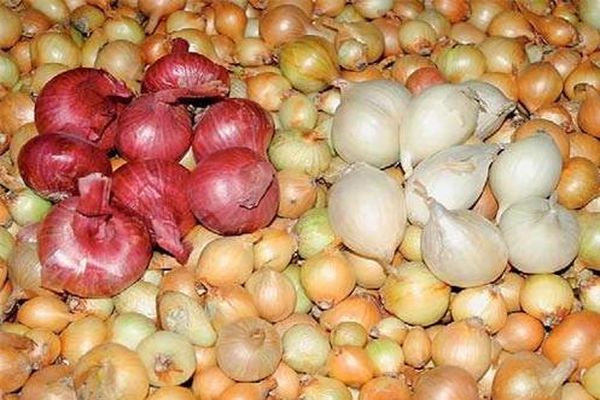
For its delicate taste and delicate aroma, shallots are called a delicacy vegetable. It is added during the preparation of first and second courses, as well as in salads. The onions are pickled, frozen, dried.
Features of agricultural technology
In the first year after planting, shallots form no more than 5 bulbs, in the second year much more - 10-14 heads. The main thing is to know how to grow a crop, at what time to plant, and in what place.
Planting material can be planted in spring, at the beginning of April, and before winter at the end of October. If a plant onions in autumnthen the greens will grow early and harvest can be started two weeks earlier than usual.
Preparing the beds
Shallot grows well in open areas, where sunlight freely enters. Therefore, you need to plant away from trees and shrubs. The soil should be fertile, not acidic, loose and light. Acidic soil degrades the quality of the crop. The bulbs become small and lose their beneficial properties.

The best predecessors for shallots are legumes, cucumbers, zucchini, cabbage, tomatoes. Do not plant in beds where sunflower, carrot, corn, garlic and beet harvest was previously harvested. Carrots, radishes, cucumbers, strawberries can be planted in the vicinity of onion beds.
When shallots are planted in open ground in spring, the soil is prepared in autumn. The earth is dug up and fertilizers are applied (for example, rotted manure). In the spring, the soil is loosened again and mineral fertilizers are applied. You can plan beds in the area where the lawn grows. The work begins with removing the sod wide in the future bed, and the aisles are left untouched.
Preparing the bulbs
The preparatory stage, which consists in selecting, warming up, soaking and disinfecting the planting material, is necessary to obtain a good harvest.
Sort the bulbs before planting. Suitable bulbs 3 cm in size, without damage or dents. The selected set needs to be warmed up. It is better to do this in two stages, first the onions are stored at +20 for two weeks, then they are heated at +40 degrees for 10 hours. Thanks to this procedure, plant growth is activated and the formation of arrows is prevented.
After warming up, it is recommended to place the bulbs in growth-stimulating solutions for 5-6 hours. For example, such preparations as Zircon, Humisol are suitable.
Despite the fact that shallots are very resistant to diseases, it is recommended to carry out a disinfection procedure. For this purpose, the planting material should be in a weak solution of potassium permanganate for about two hours. In addition to potassium permanganate, the solution can be made on the basis of salt or Fitosporin.

Planting and leaving
To obtain shallots, they begin to plant at the end of March. Planting material is chosen small, with a diameter of 2–3 cm. To obtain a feather, larger bulbs are planted at the end of October. They deepen into the prepared holes by 5 cm.The bulbs should be arranged in a 20 by 10 cm pattern.
If you follow the rules for planting and caring for a vegetable crop in the open field, then greens and bulbs will delight with their pleasant taste:
- The culture is regularly and abundantly watered.
- After watering, it is imperative to loosen the soil.
- Weeding is necessary for the timely disposal of weeds, which cause the spread of diseases and pests.
- Top dressing is carried out twice a season.
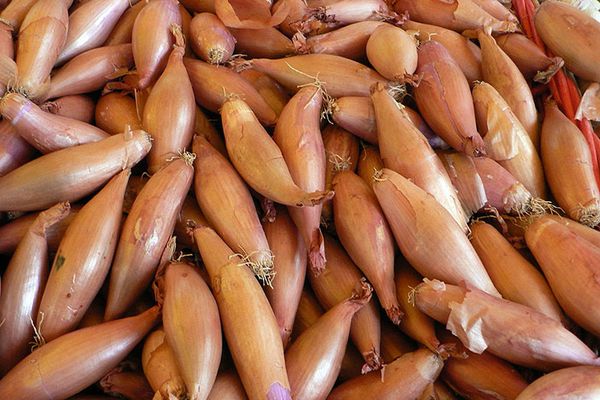
In cold weather, shallots can be affected by fungal diseases (powdery mildew, fusarium, peronosporosis) and be attacked by pests (onion fly, onion nematode). The beds can be treated with drugs: Quadris, Maxim, wood ash helps to cope well with the problem.
In the prepared area, furrows are made 6 cm deep and shed with water. If the bulbs are planted before winter, then they are deepened by 1–2 cm more. The distance in the bed between large bulbs is 18 cm, between medium-sized bulbs about 15 cm, and a distance of 10 cm is left between small ones.
Cleaning and storage
There are no exact dates when to remove the onions from the garden. The dates can be shifted, it all depends on the weather, the characteristics of care, the variety. Green feathers are ready to eat within a month after germination.
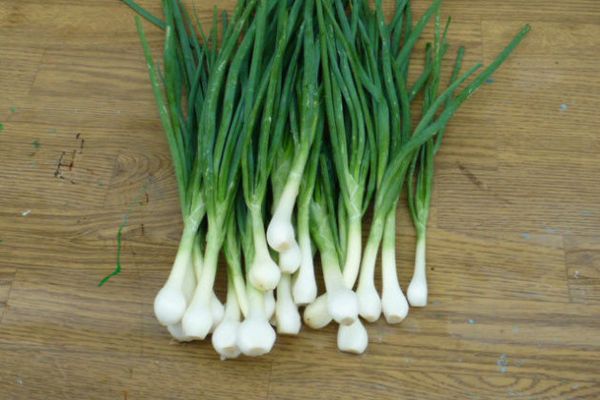
The first sign that the bulbs are ripe is drying and lodging of the feathers. Cleaning must be done on time, otherwise the nests will disintegrate into separate bulbs and begin to germinate.
With the help of a shovel, they dig in at the base of the bush and pull it manually. Then they shake off the adhering dirt and leave to dry, leaving in the garden. If the weather is rainy, then the harvested crop is harvested in a room with good ventilation.
Once the bulbs are dry, they can be divided into separate splinters. Cut off dry leaves, leaving a stump equal to 4 cm. Further storage is recommended in a dark, cool room. Density and nutrients are retained for 7-9 months.
Growing a shallot on a feather
Shallots are often grown on green feathers. Feathers are cut off at a height of 25 cm. The average period is a month after planting. Breeding shallots has its advantages. The leaves practically do not form arrows and have a delicate, juicy taste.
Greens ripen faster if the onions are planted before winter. Choose cold-resistant shallots. You can plant onions in boxes and grow at home. In the latter case, planting begins at the end of February.
Growing shallots for turnips and care features
Growing shallots has its advantages. Early ripening is not the only indicator of how it differs from onion. Shallot turnip begins to ripen in 2 months, and onion vegetable after 3 months. The shallots contain more useful vitamins and they are better preserved in winter.
During the entire growing season, weeding and loosening of the soil, regular watering, fertilization and treatment from pests and diseases are provided.
Features of obtaining seeds of Ashkelon onion
Ashkelon onion is another name for shallots. Shallot seeds and seedlings need periodic renewal. This will eliminate disease and degeneration. Every 3-4 years the planting material is changed. Delicacy seeds can be purchased or prepared on your own.
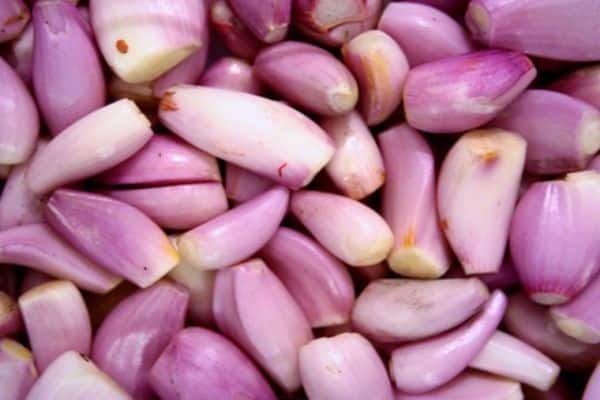
To do this, choose large, healthy shallots and keep them for three months at a temperature of +6 degrees. After that, in the spring they are planted in the ground. To get arrows, you need to plant the bow earlier than usual.
Arrows with flowers will form on the selected and processed bulbs.In place of the flowers, umbrellas with seed pods are then formed. Seeds are not formed in every capsule. Therefore, when collecting seeds, this must be taken into account. Growing from seeds is not difficult.
Shallots: grown from seed
It is recommended to germinate the seeds before planting. They are soaked in warm water for 48 hours. After that, the seeds are spread on a fabric surface and dried.
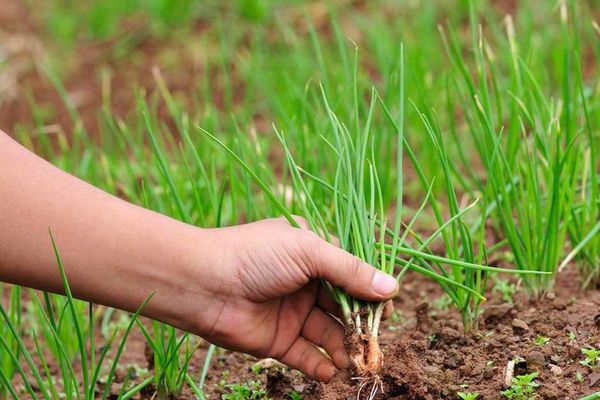
Planting material is placed in furrows 5 cm deep prepared on the site and covered with a small layer of earth. When growing shallots, standard care is required:
- At first, after sowing, frequent and abundant watering should be carried out. Three weeks before harvesting, the amount of watering is reduced.
- In order for the plant to receive more oxygen and nutrients, loosening is carried out. The procedure avoids the appearance of a crust on the surface of the earth.
- Weeds should not be allowed to grow, so weeding is carried out regularly.
For the entire growing season, it is enough to carry out two dressings. When is the best time to fertilize and how to feed? The first time you need to fertilize is in the spring, when the plant has three feathers (for example, urea is suitable). The second feeding is carried out in two weeks. During this period of development, phosphorus and potassium are required.

Tips from a seasoned gardener
Outward signs will tell you when is the best time to remove the shallots. Often the physiological maturity of shallots occurs in the last days of July. The dug nests are divided into separate bulbs, dried and stored.
Many varieties have a shelf life of up to 7 months. It can be stored in mesh bags, boxes, braided and hung. You can cut the onion and greens into pieces and freeze.
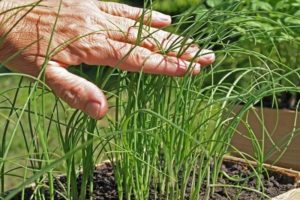
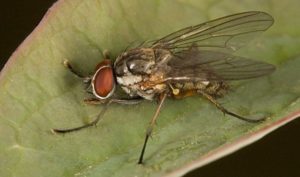
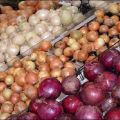

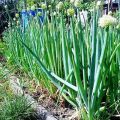
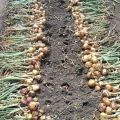

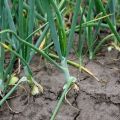
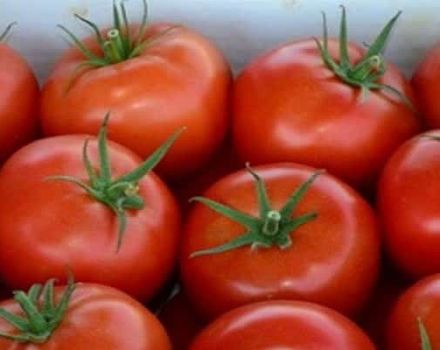

I can't cut ordinary onions, tears like hail, so I have to use shallots for food. She began to grow it herself recently, before that my mother supplied. I noticed that with top dressing BioGrow and the feathers grow better and the bulbs are larger. So I advise.